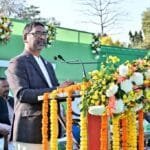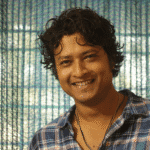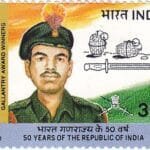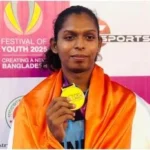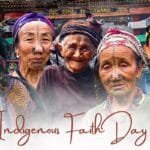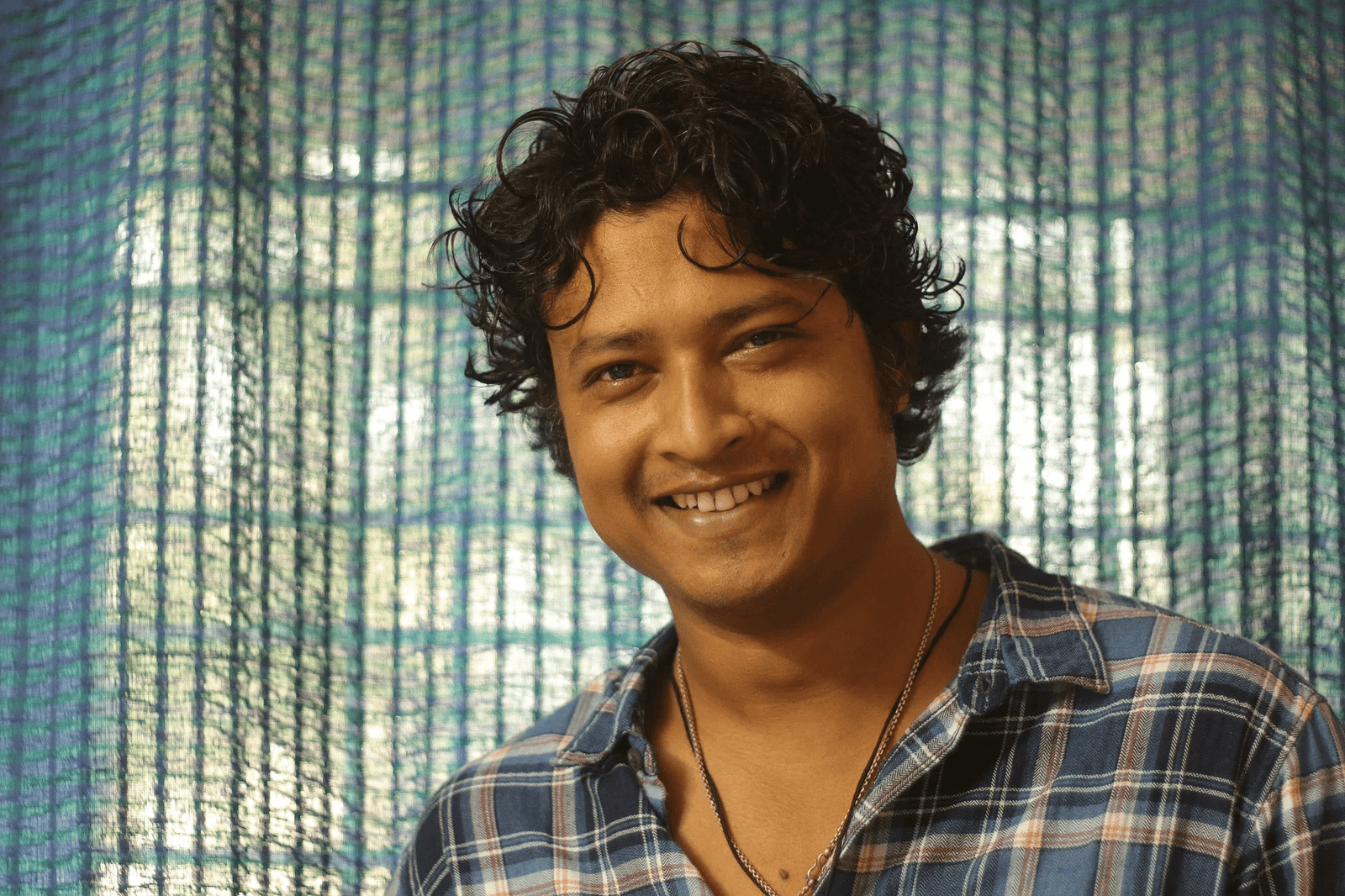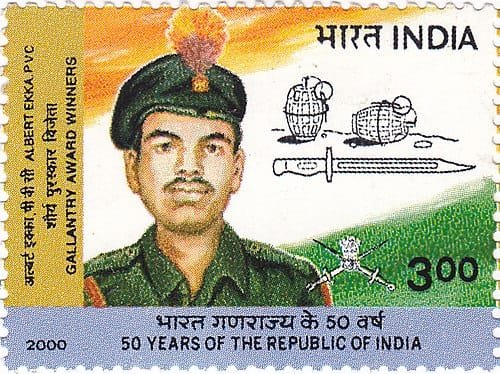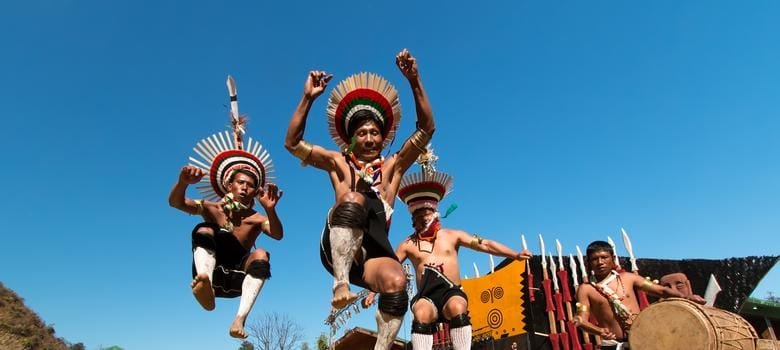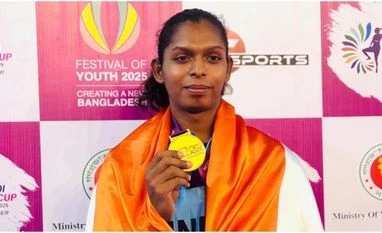The Supreme Court of India (SC) has asked the Central government to respond to a plea seeking urgent measures to enhance the health and well-being of the country’s tribal population. The petition highlights the persistent health disparities faced by Adivasi communities, particularly in remote and forested regions, where access to healthcare remains a significant challenge.
Issues Raised in the Petition
The plea emphasizes several key concerns, including:
- Lack of Healthcare Facilities: Many tribal areas lack hospitals, primary health centers (PHCs), and trained medical professionals, leading to high mortality rates from preventable diseases.
- Malnutrition and Child Mortality: Tribal children suffer from malnutrition at disproportionately higher rates, leading to stunted growth and increased infant mortality.
- Neglected Tropical Diseases: Tribals are more vulnerable to diseases such as malaria, tuberculosis, and sickle cell anemia, with inadequate medical intervention.
- Unsafe Traditional Practices: Due to a lack of awareness and access to modern medicine, some tribal communities rely on traditional healing methods that may be ineffective or even harmful.
- Barriers to Government Schemes: Many Adivasis face challenges in availing benefits from government health programs due to bureaucratic hurdles, lack of awareness, and geographic isolation.
Supreme Court’s Intervention
Taking cognizance of the critical situation, the Supreme Court has directed the Centre to provide a detailed response, outlining:
- The steps taken to improve healthcare in tribal regions.
- The effectiveness of existing welfare schemes such as the National Health Mission (NHM) and Ayushman Bharat in reaching tribal populations.
- Measures to address malnutrition and disease outbreaks in Adivasi areas.
Previous Government Initiatives
Over the years, the government has launched several initiatives to improve tribal healthcare, including:
- The Tribal Health Mission, which aims to provide accessible healthcare to remote tribal villages.
- The Van Dhan Yojana, promoting tribal entrepreneurship in medicinal plants and herbal products.
- The Sickle Cell Anemia Elimination Program, aimed at eradicating the disease prevalent among several tribal communities.
However, the plea argues that these efforts have been inadequate and calls for a more comprehensive and targeted approach to bridge the healthcare gap for Adivasi populations.
Way Forward
With the Supreme Court’s intervention, tribal healthcare is now under national scrutiny. Experts suggest the following steps to improve the situation:
- Expansion of Healthcare Infrastructure: More hospitals, clinics, and mobile health units should be set up in tribal regions.
- Recruitment of Tribal Healthcare Workers: Training local youth as healthcare workers can bridge the gap between modern medicine and traditional practices.
- Digitization and Telemedicine: Remote consultation services can help tribal communities access doctors from urban areas.
- Nutrition and Awareness Programs: Government agencies must ensure that tribal children receive adequate nutrition and mothers are educated on prenatal and postnatal care.
- Stronger Monitoring and Accountability: Independent audits should assess the effectiveness of health schemes for tribal populations.
The Supreme Court’s demand for a government response marks an important step toward addressing the deep-rooted healthcare crisis among India’s tribal communities. If the Centre takes meaningful action, this could be a turning point in ensuring equitable healthcare access for all, especially the most marginalized sections of society.
The upcoming government response will be crucial in determining whether India can bridge the healthcare gap and fulfill its constitutional obligation to protect and uplift its tribal citizens.


